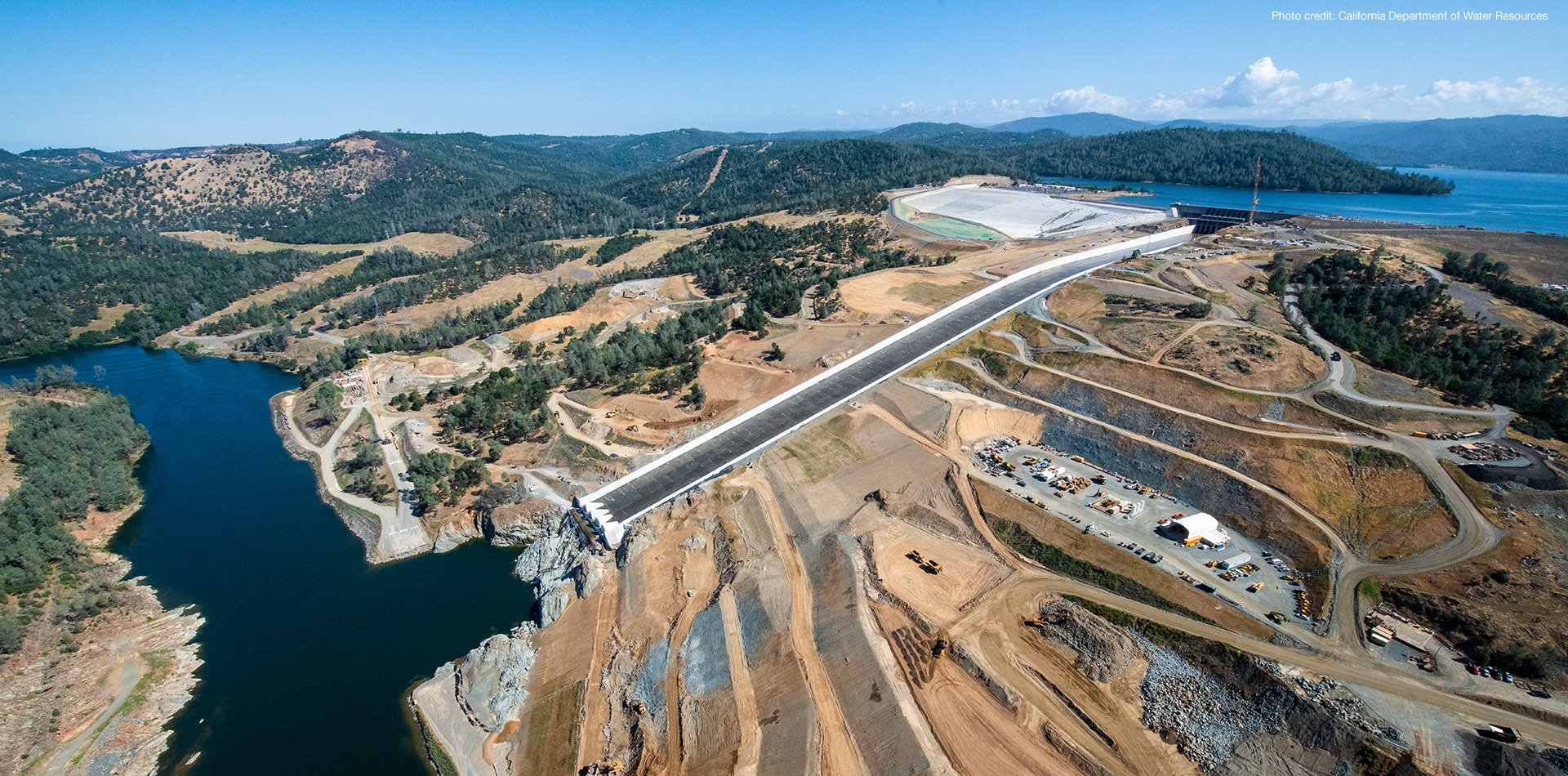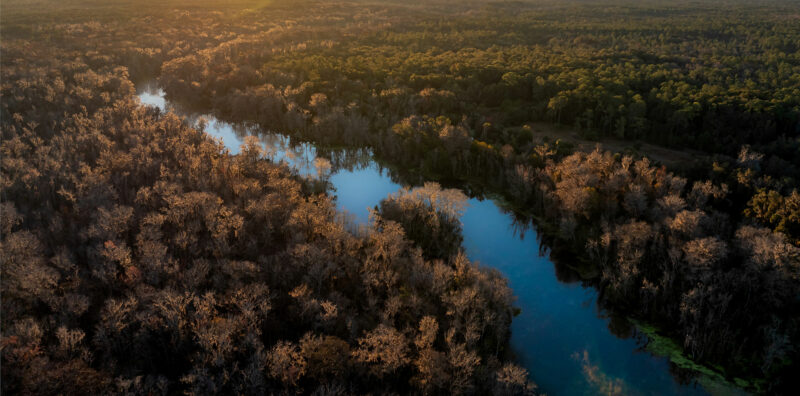To protect critical ecosystems and water supplies amid growing climate and regulatory pressures, ESA partners...

Oroville Spillways Emergency Response
In February 2017, in the wake of severe storms, the California Department of Water Resources’ (DWR) Oroville Dam Main Spillway and Emergency Spillway sustained serious damage, including concrete failure and severe erosion on and adjacent to the Main Spillway and erosion downstream of the Emergency Spillway. Soon after these damages were identified, DWR began a wide range of repairs that also included substantial repairs to roads, power lines, fencing, and other security features, as well as revegetation and recreation-focused work throughout the project site.
Why does this project matter?
About 180,000 people lived downstream of the dam, whose safety was threatened as rainfall totals continued to rise. Repair work, which had a compressed schedule, could potentially affect sensitive cultural resources. At the same time, potential impacts to water quality and biological resources, including nesting birds and other wildlife, needed to be minimized where possible.
What is ESA doing to help?
ESA staffed and equipped a field office to address cultural resources, biological resources, and water quality concerns, and to coordinate directly with DWR response and recovery teams as their needs expanded. The emergency situation at the dam unfolded at breakneck speed, and ESA rapidly mobilized a team of 20 archaeologists, 20 tribal monitors, and 10 biological monitors in response to DWR’s needs.
The ESA cultural resources team provided daily on-the-ground technical support; on-site office staff to coordinate field logistics; and senior staff to assist DWR in its reporting, tribal consultation, and coordination with federal agencies and the Office of Historic Preservation (OHP).
ESA’s teams of archaeologists and Native American representatives conducted site assessments and monitored installation of protection measures for 150 archaeological sites. As the project shifted focus to reconstruction of the Spillway and Emergency Spillway, ESA provided teams to conduct daily construction monitoring of these activities. The wide range of project construction activities, as well as the presence of more than 150 unevaluated archaeological sites and an archaeological district, presented a major challenge. Careful review and documentation of project activities that could potentially affect historic properties on the site was critical to DWR’s efforts to successfully comply with Section 106.
In addition, our biology and water quality staff conducted biological resources and water quality monitoring at the site, including spot checks, pre-construction biological surveys, and active construction monitoring. As part of this effort, we provided coordination and oversight, developing and implementing standard operating procedures for surveys, reporting/data record keeping, and management.
As a result of ESA’s close collaboration with DWR and the tribal community, repairs on the spillways were completed with no major impacts to sensitive resources.

Connect with our team
"We are extremely proud of ESA’s response at Oroville; in DWR’s most time-sensitive and complex field response, ESA worked side by side with DWR and Native American Monitors to protect cultural resource sites and biological resources, and provided logistical and regulatory support to DWR environmental staff to keep the spillways repair moving forward."

Similar Projects
News & Ideas
Coastal habitats like seagrass meadows, salt marshes, and mangrove forests are among our planet’s most...
ESA is pleased to sponsor, present, and attend this year’s 42nd Annual Salmonid Restoration Conference...
Updated June 26, 2025: As announced by the U.S. Army Corps of Engineers on June...
Join ESA’s team of federal permitting and National Environmental Policy Act (NEPA) experts as they...
The Groundwater Accounting Platform (Platform) announces the release of its source code in a new...








